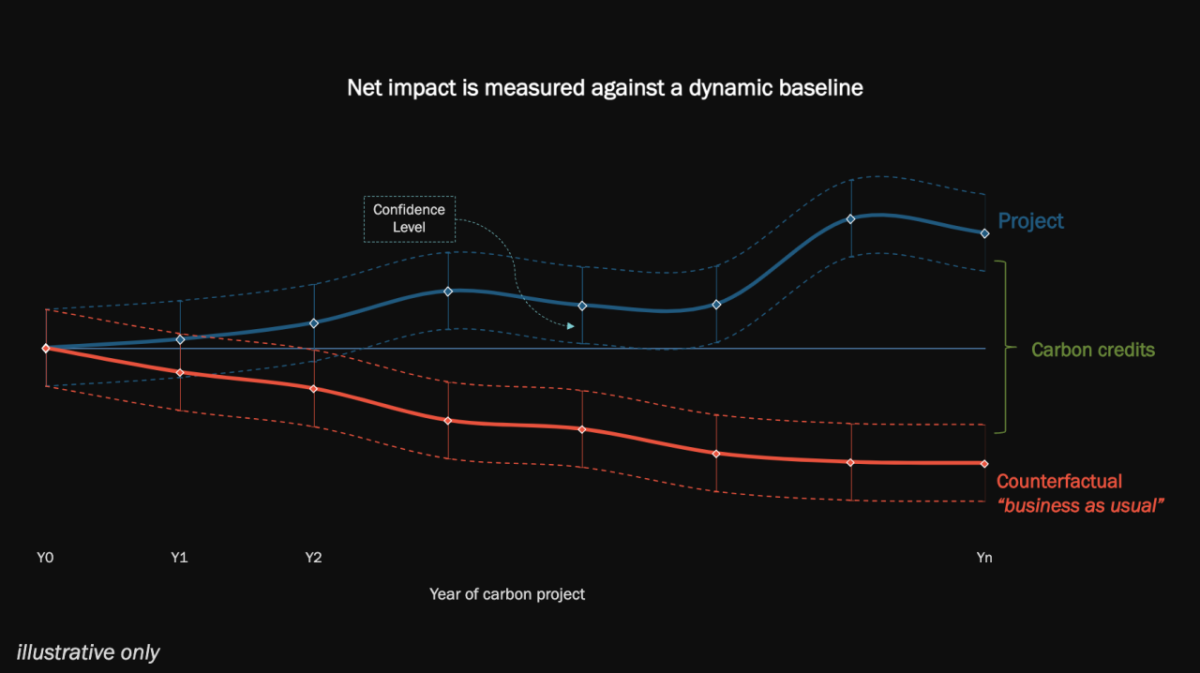Can Regenerative Agriculture Deliver Sustainability Outcomes?
By AJ Kumar
Originally published by TriplePundit
Recently, regenerative agriculture has seen a surge in interest as a promising approach to enhance sustainability and climate resilience within the agri-food system. Yet, as enthusiasm grows, so do questions about whether these practices can deliver on the ambitious environmental outcomes they aim to achieve.
Modern farming has led to significant loss of carbon stored in soil and ecosystem degradation. Recently, regenerative agriculture has seen a surge in interest as a promising approach to enhance sustainability and climate resilience within the agri-food system. Practices like maintaining soil cover, reducing tillage, and optimizing inputs have gained widespread attention for their potential benefits. Yet, as enthusiasm grows, so do questions about whether these practices can deliver on the ambitious environmental outcomes they aim to achieve.
For decades, scientists have studied the impact of these practices on soil health and their ability to improve the resilience of crops, sequester carbon, conserve water, reduce erosion, and improve biodiversity. Science shows, the answer is positive.
In the right places, with the right incentives, regenerative agriculture can play a critical role in not only sequestering large amounts of carbon, but also in building on-farm resiliency and benefiting the ecosystem at large. Deep agronomic knowledge and quantification technology are key to getting placement and incentives right.
Indigo Ag’s sustainability programs — rooted in agronomic knowledge, advanced quantification technology, and meaningful incentives — have shown scaling regenerative agriculture as a solution to achieve positive climate outcomes is possible. With over 7 million acres enrolled, we are pioneering this approach on an unprecedented and growing scale.
Scaling such solutions for widespread adoption, however, involves inherent complexities. Recognizing this, Indigo remains committed to upholding the highest standards of scientific rigor and integrity. To ensure transparency and credibility, we submitted our findings for scientific peer review. This research, which analyzed our first three carbon credit issuances, confirmed that large-scale initiatives can effectively build soil carbon and deliver significant environmental benefits when the right incentives are in place.
Our initial three carbon credit issuances alone totaled nearly 300,000 credits — by far the largest volume of high-quality agricultural soil carbon credits issued repeatedly at scale. This program has created real, measurable climate and environmental impact, resulting in millions of dollars paid directly to farmers for their efforts. And as our methodologies and understanding of soil carbon science evolve, our research shows that the impact per acre is even greater than initially estimated. With Indigo’s carbon credits now priced between $60 and $80 per credit — and approaching the catalytic $100 mark — the potential returns for farmers continue to grow, offering a valuable opportunity amid volatile commodity markets and rising input costs.
Key findings from the study include:
- Technology enables scalable monitoring, reporting, and verification (MRV) for regenerative agriculture that accounts for greenhouse gas emissions and soil organic carbon.
- Reduced nearly 400,000 tons of carbon equivalent emissions, resulting in nearly 300,000 carbon credits issued.
- The impact of farming practices varies by geography, underscoring the need for tailored solutions for different regions, ideally down to the field level.
- High-impact practices: No-till and cover crops contribute the most to soil carbon at the project scale, with cover crops having one of the highest impacts per acre across a range of geographies.
- By incentivizing outcomes and tailoring advice regionally, we can ensure the right solution is applied to the right acre.
Like other emerging climate solutions, regenerative agriculture faces the challenge of balancing lengthy research timelines with the urgency of reducing atmospheric carbon now. Carbon emissions avoided or sequestered today have a greater impact than the same reduction achieved a decade from now, helping us avoid critical climate tipping points. Decades of research demonstrate the benefits of sustainable farming practices, with some areas well-documented and others under-studied. In some cases, science is still building methods to measure the impacts of regenerative practices that people and communities working the land have known and witnessed for generations. Bringing together the experience and wisdom of these practitioners with peer-reviewed science is critical for scaling solutions with genuine environmental and ecosystem impact. A key question remains: Can findings from prior studies be generalized and scaled?
Rather than waiting for others to address this question, we chose to act — experimenting, gathering evidence, and sharing results with the broader scientific community. Our recent publication demonstrates impact at scale is possible with appropriate safeguards and a focus on areas of greatest certainty of impact.
And we are just getting started. We understand that sustainability and decarbonization in agriculture require multiple approaches, with carbon credits being just one tool.
Science and technology are at the heart of our approach to open new markets for farmers to participate in the programs that reward them best for the ecosystem benefits they provide. The same monitoring, reporting and verification (MRV) engine that drives our carbon credit programs is helping supply chains incentivize sustainable practices, whether it’s cotton for clothing, rice for food, or corn for biofuels. These flexible solutions are and will help companies meet their goals while improving farm profitability and resilience.
Since we launched our Carbon and Sustainable Sourcing programs, we’ve learned a tremendous amount and worked hard to use learnings to improve them. While we began in areas with greater scientific certainty, we’ve invested in scientific research, partnered with others to explore under-researched areas, and advocated for universities and government to fill gaps in knowledge. This approach, combined with transparency and a commitment to the highest standards of integrity, is driving progress in regenerative agriculture and carbon markets.
The benefits of programs that reward regenerative agriculture go beyond emissions reductions and carbon removals. Regenerative agriculture positively affects multiple ecosystem services and the environment, such as improved water quality and reduced erosion. When valued with market-based incentives, these systems also positively impact farm resiliency and rural communities by ensuring that farmers themselves receive the majority of the value generated by our programs.
Just as we continuously improve the science and technology behind our programs, we also expand the pool of producers that can benefit from them. Early on, we adjusted our minimum acre requirements to ensure more farmers, including smaller operations, could participate. We’ve also expanded the geographies and crops we can support. As ecosystem markets grow, this must continue to ensure that structural barriers, which historically underserved some producers, are not perpetuated. It’s why engagement with groups like the National Black Growers Council and the National Indian Carbon Coalition are vital to enabling us to build programs that are inclusive of the diversity of farmers across the continental U.S.
The science remains foundational, and we’re committed to advancing it. It’s why our customers and partners trust us, it’s why we continue to share our findings, and it’s why we invite the scientific community and the farming community to engage and work with us to answer the open questions and identify areas where our programs can improve. Only by working together will we build trust and confidence in regenerative agriculture’s potential to deliver for farmers, our soils and our planet.
Join us in scaling proven regenerative agriculture solutions to deliver sustainable outcomes. Click here to learn more.
This article series is sponsored by Indigo Ag.
A.J. Kumar is Vice President of Sustainability Sciences at Indigo Ag, leading science strategy and innovation for sustainable agriculture. He has built partnerships across the non- profit, academic, and for-profit domain and worked with farmers and ranchers on testing new technologies and practices in production settings.




